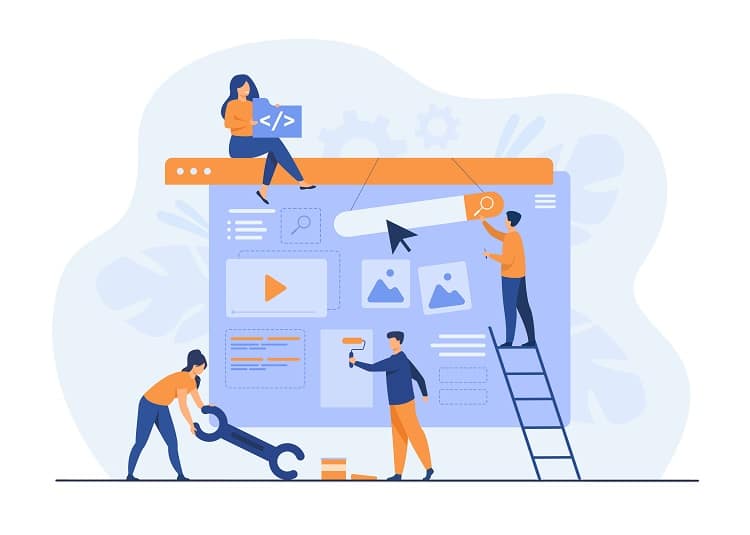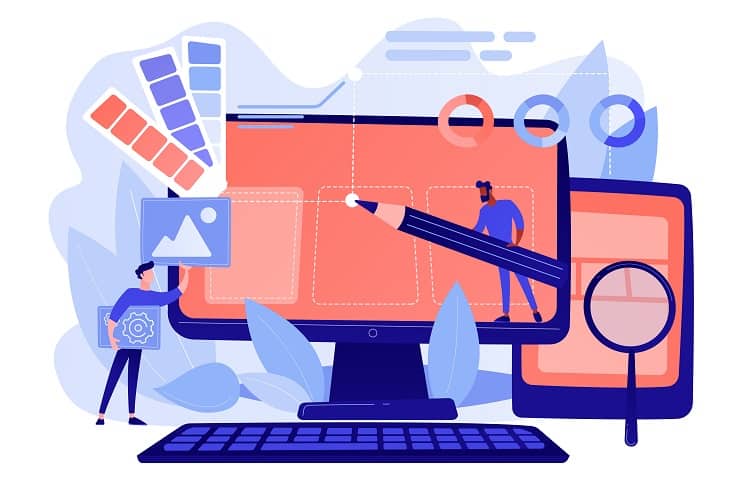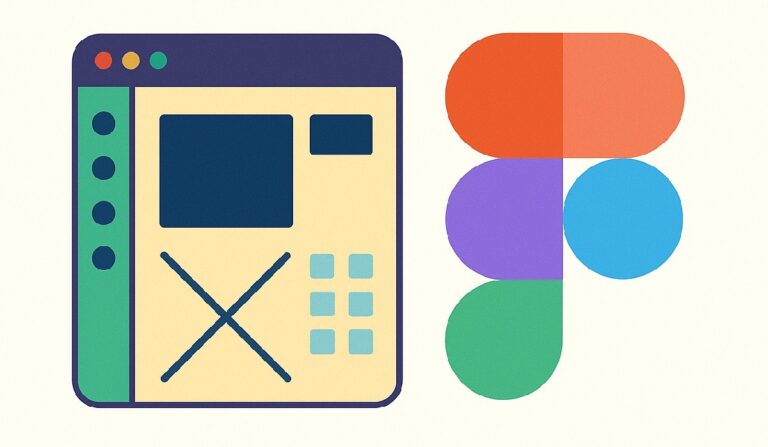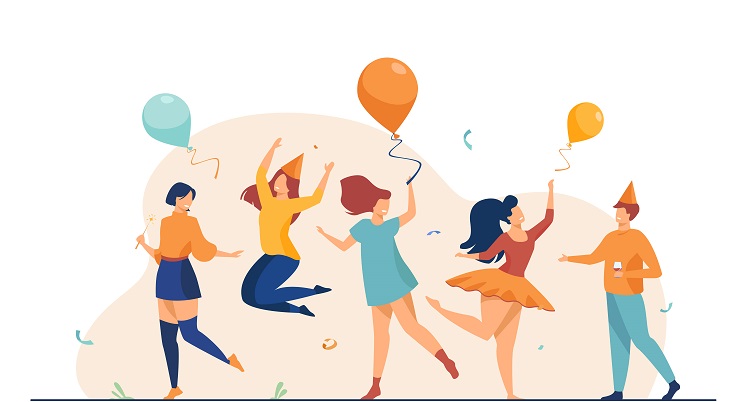
Why do you click a Call-to-Action button when you get to a webpage? It could be the price, quality, and convenience of the product or service you’re looking at, but could there be more behind it all?
A Harvard professor says that at least 95% of purchase decisions occur in our subconscious. So, we convert more based on our emotions.
Emotions play a critical role in decision-making, which is where the power of emotional web design derives from.
In the ever-evolving digital landscape, understanding website-related terms and their implications, such as ’emotional web design’, can greatly enhance your ability to connect with your audience, inspire action, and create a memorable user experience.
Studies show that customers who feel emotionally connected to a label are twice as likely to purchase from that brand than those who do not. Emotional web design can be the key to building this connection with users.
This article will discuss emotional web design and why it’s essential for business. We present six examples of emotional web design and how it can impact the user experience.
But first, what is emotional web design?
Web design is not only about creating aesthetically pleasing visuals or structuring the layout for optimal usability.
Emotional design is a design approach that focuses on creating an emotional connection between users and products, services, or brands. It can be defined as designing with the purpose of eliciting an explicit emotional response from viewers.
This design approach takes into account the psychology of the users, and it incorporates design elements that can generate emotional responses, such as joy, excitement, trust, and empathy.
Emotional design is important for businesses because it can help to build brand loyalty, encourage engagement, and increase conversions.
Of course, emotions play a critical role in decision-making. Customers who have a personal attachment to a brand are more inclined to buy from it and suggest it to others. By extension, emotional design can be the key to building this emotional connection with users.
Why is emotional design important for business?
Emotional web design plays an essential part in selling products and services to any audience. After all, the right details can make or break an online deal.
Here are a few reasons why emotional design succeeds in drawing in prospective buyers:
Differentiation
In the current competitive market, businesses must differentiate themselves from their competitors. Emotional design can help companies stand out by creating a unique and memorable user experience.
By designing landing pages, promotional content, and eCommerce websites with emotion in mind, businesses can create a connection with users that sets them apart from their competitors.
Engagement
Emotional design can also encourage product, service, or brand engagement. When users feel an emotional connection, they are more likely to interact with the respective product or service, spend more time on the website or app, and share their experiences with others. This engagement can result in increased brand awareness and customer loyalty.
Brand loyalty
Emotional design can also help build brand loyalty. Users with an emotional connection to a brand are more likely to become repeat consumers and suggest the brand to others.
Emotional design can create a sense of trust and empathy, which can lead to long-term relationships between the brand and its customers.
Increased conversions
Emotional design can also lead to increased conversions. Users who feel an emotional connection with a product or service are more likely to purchase or take a desired action.
Emotional design can create a sense of urgency, excitement, or trust, encouraging users to take action and ultimately increasing conversion rates.
Examples of emotional web design and how it can impact user experience

Color Psychology – Airbnb
Color plays a crucial role in evoking people’s emotions. Different colors can convey different reactions, and web designers can use this to their advantage. For example, blue is often associated with serenity and trust, while red is associated with passion and excitement.
By selecting the right color palette, web designers can elicit the desired emotional reaction from users.
Take, for instance, Airbnb’s website. The soft blue color scheme creates a calm and relaxing atmosphere associated with travel and vacation. The website also uses red for its call-to-action buttons, creating a contrast, sense of urgency, and excitement, encouraging users to book their stay.
Imagery – Headspace
Images are a powerful tool for creating an emotional connection with users. The use of high-quality, relatable imagery can evoke a range of feelings, from happiness to sadness. For example, images of smiling people or happy animals can create a positive emotional response and encourage users to engage more with the website.
A great example is the Headspace website, a popular meditation app. The website uses images of happy and relaxed people in various situations, such as on a beach or in a park, which creates a sense of calmness and relaxation. The imagery also helps communicate meditation’s benefits, making it more appealing to potential clients.
Storytelling – TOMS
Storytelling is of great help when creating an emotional connection with website visitors. By telling a compelling story, well-designed websites can draw out emotions such as empathy, inspiration, or excitement. This emotional connection can build brand loyalty and encourage visitors to engage more with the website.
An excellent example of storytelling in web design is the website of TOMS, a footwear brand. The website tells the story of the company’s mission to donate shoes to a child in need for every pair of shoes purchased. By telling this story, TOMS creates a sense of empathy and inspires users to participate in their mission.
Typography – Mailchimp
Typography can also be used to draw out emotions. The font, size, and spacing choices can create different moods and convey specific emotions. For example, a serif font can create a sense of elegance and sophistication, while a sans-serif font can create a more modern and casual feel.
The website of Mailchimp, an email marketing platform, uses typography to create a fun and playful atmosphere. It uses a bold and playful font, which creates a sense of friendliness and openness. Typography also helps to convey the brand’s personality and distinguish it from competitors.
Personalization – Amazon
Personalization is the act of tailoring the user experience to the individual user’s needs, preferences, and behavior. It can create a sense of connection and empathy with the user, enhancing their emotional connection with the website and, by extension, with the products and services it offers.
Amazon, the world’s largest online retailer, uses personalization to create a customized user experience. This personalization not only enhances the user experience but also encourages consumers to purchase more products.
The website recommends products based on the user’s browsing and purchasing history, creating a sense of relevance and convenience whenever they return to the website.
Micro-Interactions – Slack
Micro-interactions are small, subtle animations or exchanges that occur when someone performs an action on the website. These interactions can create a sense of delight and satisfaction for the user, improving their website experience.
Slack, a popular communication platform, uses micro-interactions to create a fun and engaging user experience. When a user sends a message, a small animation of a paper airplane appears, giving the user visual feedback and creating a sense of satisfaction.
Conclusion
Emotional web design is a powerful tool for connecting emotionally with users. Web designers should strive to create a website that looks good and makes users feel good.
By understanding the psychology of the users and incorporating emotional design elements, websites can enhance the user experience and encourage conversion rates.
The examples discussed above demonstrate how color psychology, imagery, storytelling, typography, personalization, and micro-interactions can be used to create an emotional connection with users.


